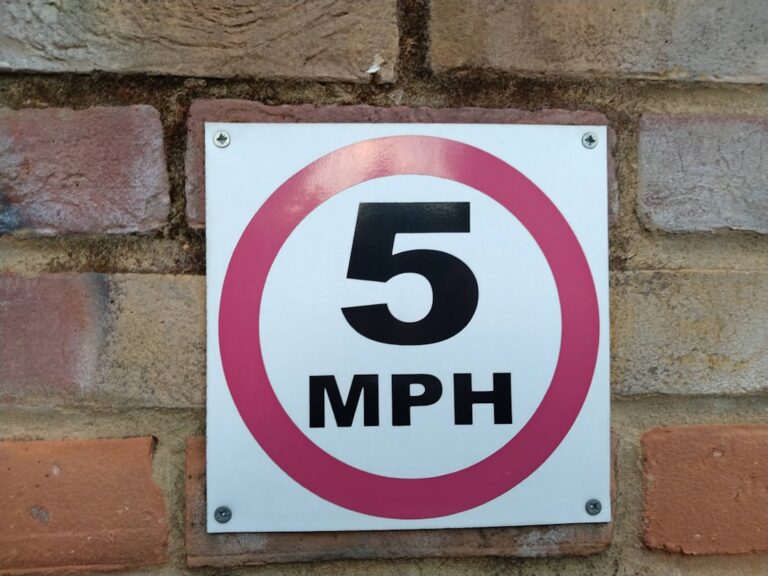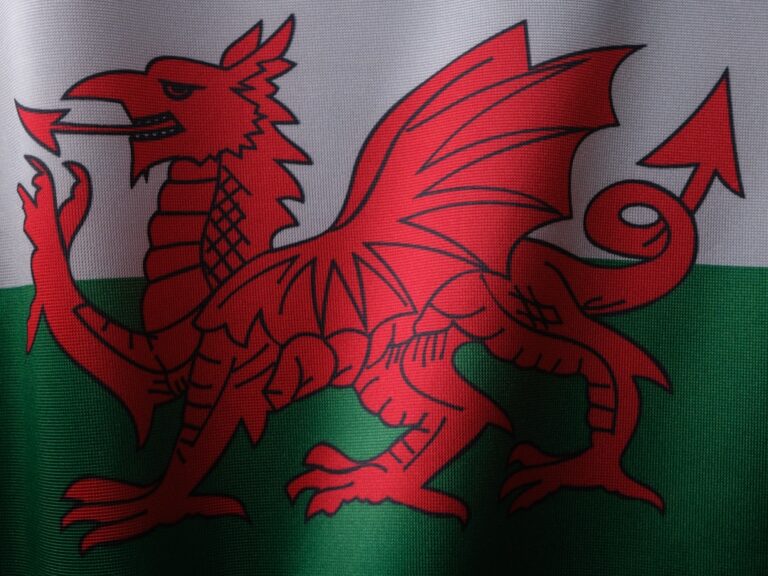Why is 3 Considered a Magic Number?
The concept of the magic number has been a fascinating and mysterious phenomenon throughout human history. The idea that certain numbers hold special significance and possess unique powers has been a part of various cultures and belief systems around the world. One such magic number that has captured the imagination of people for centuries is the number 3. In many different contexts, the number 3 has been revered and celebrated for its mystical properties and symbolic significance. From ancient religious texts to modern scientific theories, the number 3 has continued to captivate the human mind and inspire awe and wonder. In this article, we will explore the historical, cultural, mathematical, psychological, and religious significance of the number 3, as well as provide examples of how it is considered a magic number in various contexts.
Key Takeaways
- The concept of the magic number refers to the special significance and power attributed to the number 3 in various cultural, scientific, and psychological contexts.
- The number 3 has a rich historical and cultural significance, appearing in fairy tales, religious texts, and superstitions as a symbol of completeness, balance, and harmony.
- In mathematics and science, the number 3 holds significance as the first odd prime number and is often associated with patterns, symmetry, and stability in nature and the universe.
- Psychologically, the number 3 is linked to cognitive processes such as pattern recognition, memory retention, and storytelling, making it a powerful and memorable symbol in human cognition.
- The number 3 also holds symbolic and religious significance, appearing in the Holy Trinity, the three acts of a story, and the three primary colors, representing unity, progression, and creativity in various belief systems.
- Examples of the number 3 as a magic number can be found in various contexts, such as the rule of three in storytelling, the three-leaf clover as a symbol of luck, and the three wishes granted in fairy tales, showcasing its pervasive influence in human culture and belief systems.
- In conclusion, the number 3 is considered a magic number due to its multifaceted significance in historical, cultural, mathematical, scientific, psychological, and symbolic contexts, making it a powerful and universally recognized symbol of balance, completeness, and harmony.
Historical and cultural significance of the number 3
The number 3 has held a special place in human history and culture for thousands of years. In many ancient civilizations, the number 3 was considered a symbol of completeness and perfection. For example, in ancient Egypt, the concept of the trinity was represented by the god Osiris, his wife Isis, and their son Horus. In Greek mythology, there were three Fates, three Graces, and three Gorgons. The importance of the number 3 can also be seen in Christianity, with the Holy Trinity representing the Father, the Son, and the Holy Spirit. In addition to its religious significance, the number 3 has also been revered in various cultural practices. In Chinese culture, the number 3 is considered lucky and is associated with harmony and balance. In many African traditions, the number 3 is seen as a symbol of unity and community. Throughout history, the number 3 has been a recurring motif in art, literature, and architecture, further cementing its status as a magic number.
Mathematical and scientific significance of the number 3
In mathematics and science, the number 3 holds a special significance due to its unique properties and relationships with other numbers. The number 3 is the first odd prime number and is also the first Fibonacci number that is not 1. In geometry, the triangle is one of the most fundamental shapes, and it is defined by its three sides and three angles. The concept of threeness is also prevalent in physics, with Isaac Newton’s three laws of motion laying the foundation for classical mechanics. Furthermore, in chemistry, the Periodic Table is organized into groups of three elements known as triads, which share similar chemical properties. The significance of the number 3 can also be seen in astronomy, with the Earth being the third planet from the Sun and our solar system consisting of three basic components: the Sun, planets, and moons. The prevalence of the number 3 in mathematics and science further reinforces its status as a magic number with profound implications for our understanding of the natural world.
Psychological and cognitive associations with the number 3
The number 3 also holds a special place in psychology and cognitive science due to its impact on human perception and cognition. The concept of threeness has been shown to play a significant role in memory retention and pattern recognition. Psychologists have identified the “rule of three” as a cognitive principle that suggests that information presented in threes is more easily remembered and understood by individuals. This principle is often utilized in advertising, storytelling, and public speaking to create a more impactful message. Additionally, in Gestalt psychology, the principle of grouping suggests that humans tend to perceive objects as organized patterns or groups, with three being a particularly powerful number for creating visual balance and harmony. The psychological significance of the number 3 extends to cultural practices as well, with many folktales and myths incorporating triads as a way to convey moral lessons and universal truths. The pervasive influence of the number 3 on human cognition further solidifies its status as a magic number with profound implications for our understanding of consciousness and perception.
Symbolic and religious significance of the number 3
The symbolic and religious significance of the number 3 can be found in various belief systems and spiritual traditions around the world. In many cultures, the number 3 is associated with concepts such as creation, life, death, and rebirth. In Hinduism, there are three primary deities: Brahma the creator, Vishnu the preserver, and Shiva the destroyer. In Buddhism, there are three jewels: Buddha, Dharma (the teachings), and Sangha (the community). In Norse mythology, there are three realms: Asgard (the realm of gods), Midgard (the realm of humans), and Helheim (the realm of the dead). The symbolic power of the number 3 can also be seen in alchemy, where it represents the union of body, mind, and spirit. Additionally, in tarot card readings, the number 3 is associated with creativity, growth, and manifestation. The pervasive presence of the number 3 in religious and symbolic contexts underscores its status as a magic number with deep spiritual significance.
Examples of the number 3 as a magic number in various contexts

The magic of the number 3 can be observed in various contexts across different disciplines and cultural practices. In literature, many stories are structured around a triadic pattern known as the “three-act structure,” which consists of setup, confrontation, and resolution. This pattern creates a sense of completeness and satisfaction for readers or audiences. In art and design, the rule of thirds is a compositional technique that divides an image into nine equal parts using two horizontal lines and two vertical lines, with important elements placed along these lines or their intersections to create balance and visual interest. In music, the concept of a triad forms the basis for harmony in Western tonal music, with chords consisting of three notes played simultaneously to create a sense of stability or tension. In sports, achieving a “hat-trick” refers to a player scoring three goals in a single game, which is considered a remarkable feat in many team sports such as soccer or hockey. These examples illustrate how the number 3 continues to be celebrated as a magic number across various disciplines and cultural practices.
Conclusion and summary of the reasons why 3 is considered a magic number
In conclusion, the number 3 holds a special place in human history and culture due to its historical, cultural, mathematical, scientific, psychological, symbolic, and religious significance. From ancient civilizations to modern-day practices, the number 3 has been revered as a magic number with profound implications for our understanding of the natural world and human consciousness. Its unique properties have inspired awe and wonder across various disciplines and cultural practices, making it a symbol of completeness, balance, and harmony. Whether it’s in religious texts, scientific theories, or artistic expressions, the magic of the number 3 continues to captivate the human imagination and inspire new discoveries about our world and ourselves.
If you’re interested in the significance of numbers and their impact on our lives, you may also want to check out this article on angel number 141 and building a solid foundation for success. It delves into the meaning of this specific number and how it can guide us towards achieving our goals.
FAQs
What is the significance of the number 3 in various cultures and religions?
The number 3 is considered significant in many cultures and religions, often representing concepts such as balance, harmony, and completeness. It is also associated with the Holy Trinity in Christianity, the three jewels in Buddhism, and the three gunas in Hinduism.
Why is 3 considered a magic number in mathematics?
In mathematics, 3 is considered a magic number because of its unique properties. It is the first odd prime number, the first triangular number, and the first number that is neither a square number nor a prime number.
How is the number 3 used in storytelling and literature?
The number 3 is often used in storytelling and literature to create a sense of balance and completeness. It is commonly used in fairy tales, where events or characters are often presented in threes, such as three wishes or three tasks to complete.
What is the significance of the number 3 in art and design?
In art and design, the number 3 is often used to create balance and visual interest. The “rule of thirds” is a common design principle that divides an image into three equal parts, creating a sense of harmony and proportion.
How does the number 3 relate to music and rhythm?
In music and rhythm, the number 3 is significant because of its association with triple meter, which is a common time signature in music. Many musical compositions are structured in threes, such as the three-part form of a minuet or the three-beat rhythm of a waltz.






